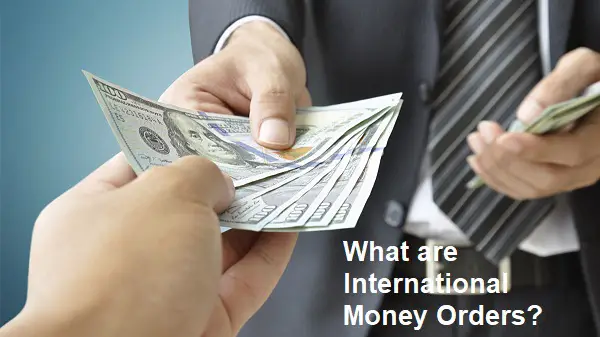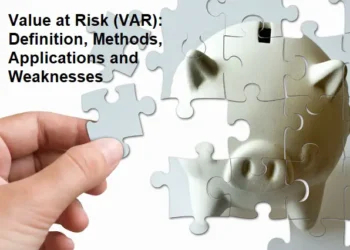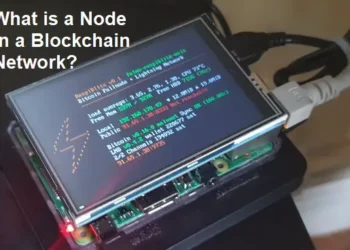The International Money Order is one of the most popular ways to send money overseas. An International Money Order is a kind of check issued by a financial company or other financial institution that allows someone to send money abroad in a safe and reliable way. International Money Orders are usually issued in a foreign currency according to the country where the money is being sent. By using the International Money Order, one can easily send money abroad without worrying about losing money or experiencing theft. However, the International Money Order also has some drawbacks, such as relatively high fees and quite a complicated process. Nevertheless, the International Money Order remains a popular choice for those wishing to send money overseas in a safe and reliable manner.
International money orders for senders
In order to use an International Money Order, one must first visit the post office or financial institution that provides the service. After that, the applicant will be asked to fill out the available International Money Order application form, which usually includes information about the recipient of the money, the amount of money to be sent, and the currency to be used. After the form is filled out correctly, the applicant must prepare the amount of money that corresponds to the amount of money to be sent, as well as the fees charged by the financial institution or financial company that issued the International Money Order. After that, the applicant must submit the completed form and the prepared money to the financial institution or post office, which will issue an International Money Order according to the applicant’s request. International Money Orders will usually be sent to the beneficiary by post or courier, depending on the policies implemented by the financial institution or financial company that issued the International Money Order.
International money orders for recipients
After the International Money Order reaches the recipient of the money, the recipient must visit the post office or financial institution that provides International Money Order disbursement services. The recipient must bring the International Money Order that has been received, and show valid identification such as a KTP or passport. Then, the recipient must fill out the available form to apply for International Money Order disbursement. After the form is filled out correctly, the recipient must hand it over to the post office officer or the relevant financial institution, who will process the request for disbursement and give the money according to the amount stated in the International Money Order. The process of disbursing an International Money Order usually takes several days to a month, depending on the policies implemented by the relevant financial institution or post office. However, the International Money Order remains one of the safest and most reliable ways to send money overseas.
an international money order is a piece of paper, similar to a check, that is used to make payments abroad. It’s a safe alternative to cash and even personal checks. international money orders both the payer and recipient must sign for it to be valid. international money orders can be purchased by paying in advance the amount stated at the time of filling out the form provided by the issuer, and then can only be paid to the designated beneficiary.
international money orders are available at the postal service, some banks, and money transfer providers such as MoneyGram and Western Union. this company is accepted in many countries around the world and can be converted into local currency in different countries.
How to fill in an international money order
Since international money orders are physically sent to the recipient, make sure they are filled out correctly to avoid delays. Since the recipient may have to pay a fee to cash it out, consider sending more than necessary to cover fees and exchange rates.
Steps to send money via international money order
1 Check availability. This delivery method is rarely available so you have to look around first to find an outlet that can process this delivery. Before paying, also make sure the recipient can cash it out at the local bank or post office.
2 Enter the recipient’s name. Since recipients may be required to show ID when withdrawing money, write the recipient’s name exactly as it appears on the ID to avoid problems. Some international money orders, such as the USPS, require us to provide the recipient’s address in addition to their name.
3 Take advantage of the notes column. when you want to make a transfer, please include the account number and payment destination in the notes section. If you are sending money to a family, for example, consider putting your name and address on the memo and identifying yourself as the sender.
4 Sign the letter. International money orders without a signature will be rejected.
After filling out the form, we must:
1 save receipt.
2 Ask for an estimated delivery date.
3 Check with the transfer agent to check if you have filled out the form correctly.
How do I cash out an international money order?
Cashing out a money transfer is a simple task. You can cash an international money order just like a check, but the cashing space may be limited depending on where you live.
following steps:
Find a verified location. Before we receive an international money order, confirm it first at the post office, bank or local shop, where they will help us withdraw the transfer money.
Signature. we have to sign the back of the international money order before we can disburse it, (sign when we give it to the cashier)
Provide proof of identity. we must provide valid identification, and must match the recipient’s name on the letter. (identity document such as passport, KTP, or driver’s license)
Pay applicable fees. We must pay the necessary fees and agree to a reduced exchange rate to make up for the money transfer.
Count the money. Confirm the amount of money received and make sure it is correct before we leave the cashier.
Beware of hidden fees and limitations
On the other hand, the main drawbacks of international money orders are their high fees and low transfer limits. When making a transfer, we will be charged the following two types of fees:
Fixed fee: varies from service to service, usually much higher than domestic money transfers. USPS, for example, charges a flat fee of $10.25 for each international money order
Exchange Rate Margin: This is a less transparent fee that is charged for the difference between the actual exchange rate and the amount we charge when transferring money, and usually ranges from 2% to 10% of the total transfer amount.
Another drawback to international money orders is that there is often a low maximum limit on the amount of money we can send abroad. For example, USPS limits money transfers to a maximum of $700, this is very limited for those who want to send large amounts of money.
Conclusion
international money order is convenient if you don’t have a bank account and prefer to send cash by post. If we have a post office near our house, it will be more convenient.
However, this is far from the cheapest way to send money overseas. international money orders have a lot of additional fees, not to mention the additional exchange rate fees. Money transfers can also sometimes take a long time, and there’s the added hassle of having to purchase, complete, and send them in person.









